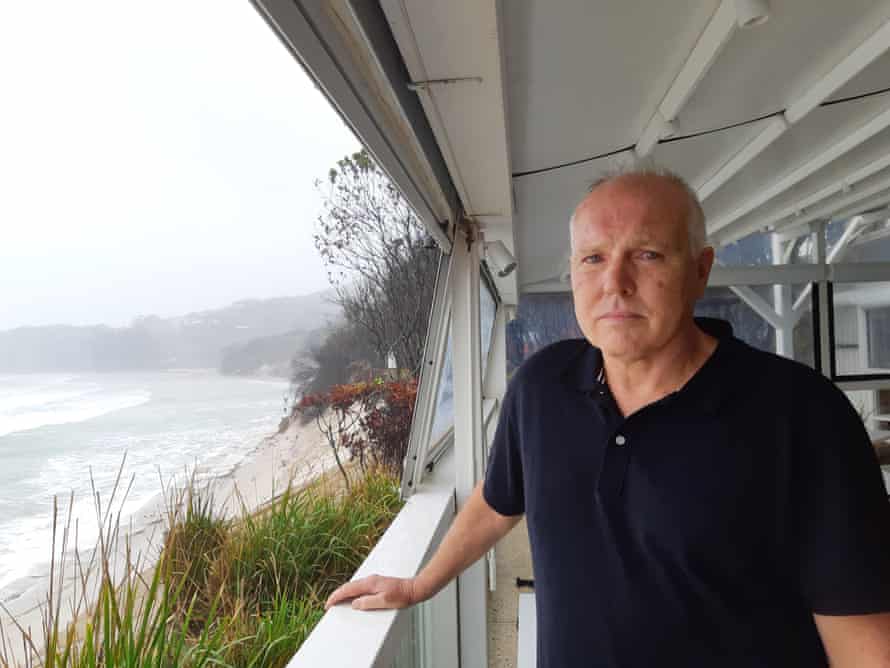Residents of Murwillumbah, a town in northern New South Wales have been ordered to evacuate as the nearby Tweed River breaches its banks after days of record-breaking heavy rains.
The State Emergency Service has ordered anyone from Condong to Tumbulgum and surrounding areas to leave via the Tweed Valley Way, fearing that vital roads may be cut off by floodwater, isolating the towns.
“If you remain in the area after this time, you may become trapped and it may be too dangerous for NSW SES to rescue you,” the SES warned in a statement on Tuesday.
An SES spokesperson said the region has been deemed “a high danger area” with around 1,000 properties now affected. Authorities warned electricity, phones, internet, water and sewerage may be interrupted, and people in those areas needed to closely monitor the weather and road closures.
This comes after the Tweed River burst its banks near Tumbulgum on Tuesday, with minor flooding in the area. Northern NSW and parts of south-east Queensland have been battered with heavy rains, flash flooding and wild weather over the weekend.
While conditions in many areas have eased considerably overnight, rainwater running into waterways could still pose problems in the region for a number of days.
On the coast, a low-pressure system near south-east Queensland brought massive rainfall and gale-force winds, which combined with king tides to wash away much of Byron Bay’s Main Beach on Monday.
Local business owner Ben Kirkwood said he “dodged a bullet” after his Byron Bay restaurant narrowly avoided being washed into the Pacific Ocean.

His family and the Fink family co-own the Beach Byron Bay restaurant, which came close to going under as a mountainous swell smashed into the dunes under it in the early hours of Monday morning.
Kirkwood says a six-layer wall of sandbags installed in November held out, but the easterly swell direction had also helped spare the building in the northern NSW town.
“The waves were whitecapping across the bay and smashing into Belongil and Main Beach and we had big surf crashing over the sandbags at the foot of our restaurant,” he said.
Kirkwood said the sandbags withstood a full stress test, and without them the waves would have gouged out the sand beneath his restaurant and the caravan park next door and washed them away.
On the Gold Coast the weather system has also caused massive erosion, with the surf club at Currumbin becoming an island.
A team of 300 SES workers from across the state had been sent to support the northern NSW teams, as well as resources from Fire & Rescue, NSW RFS and NSW police to support the operation.
Queensland Fire and Emergency Services deputy commissioner Mark Roche said his crews had received about 1,400 requests for help – mainly for leaking roofs and tarping and downed trees.
The wind and heavy rain was expected to ease, but he urged people to remain vigilant, stay out of floodwaters, drive with caution and turn back if they see a road or a bridge that’s flooded.
“As we say, if it’s flooded, forget it,” he told ABC TV.
This wild weather has been a dramatic start to the La Niña forecast for the Australian east coast that is predicted to deliver a wet summer.
Dr Naomi Benger, a climatologist with the Bureau of Meteorology says the La Niña will create longer, more humid heatwaves across the coming months.
“We know that we can get heatwaves that might see less days of extreme heat, but the heatwaves can be more prolonged and more humid because the extra cloud cover that’s provided by that moisture in the atmosphere, traps that heat closer to us … this kind of heatwave is a little bit more stressful for the human body so it really needs to be taken on with caution,” she said.








